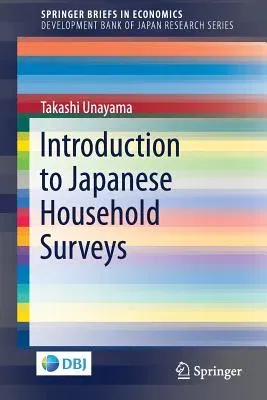Takashi Unayama
(Author)Introduction to Japanese Household Surveys (2018)Paperback - 2018, 22 January 2018

Qty
1
Turbo
Ships in 2 - 3 days
In Stock
Free Delivery
Cash on Delivery
15 Days
Free Returns
Secure Checkout
Part of Series
Springerbriefs in Economics
Part of Series
Development Bank of Japan Research
Print Length
64 pages
Language
English
Publisher
Springer
Date Published
22 Jan 2018
ISBN-10
9811076790
ISBN-13
9789811076794
Description
Product Details
Author:
Book Edition:
2018
Book Format:
Paperback
Country of Origin:
NL
Date Published:
22 January 2018
Dimensions:
23.39 x
15.6 x
0.38 cm
ISBN-10:
9811076790
ISBN-13:
9789811076794
Language:
English
Location:
Singapore
Pages:
64
Publisher:
Weight:
117.93 gm

